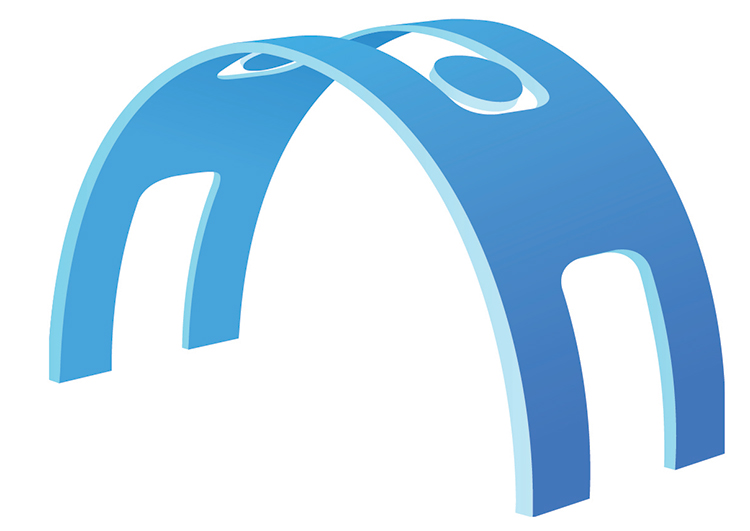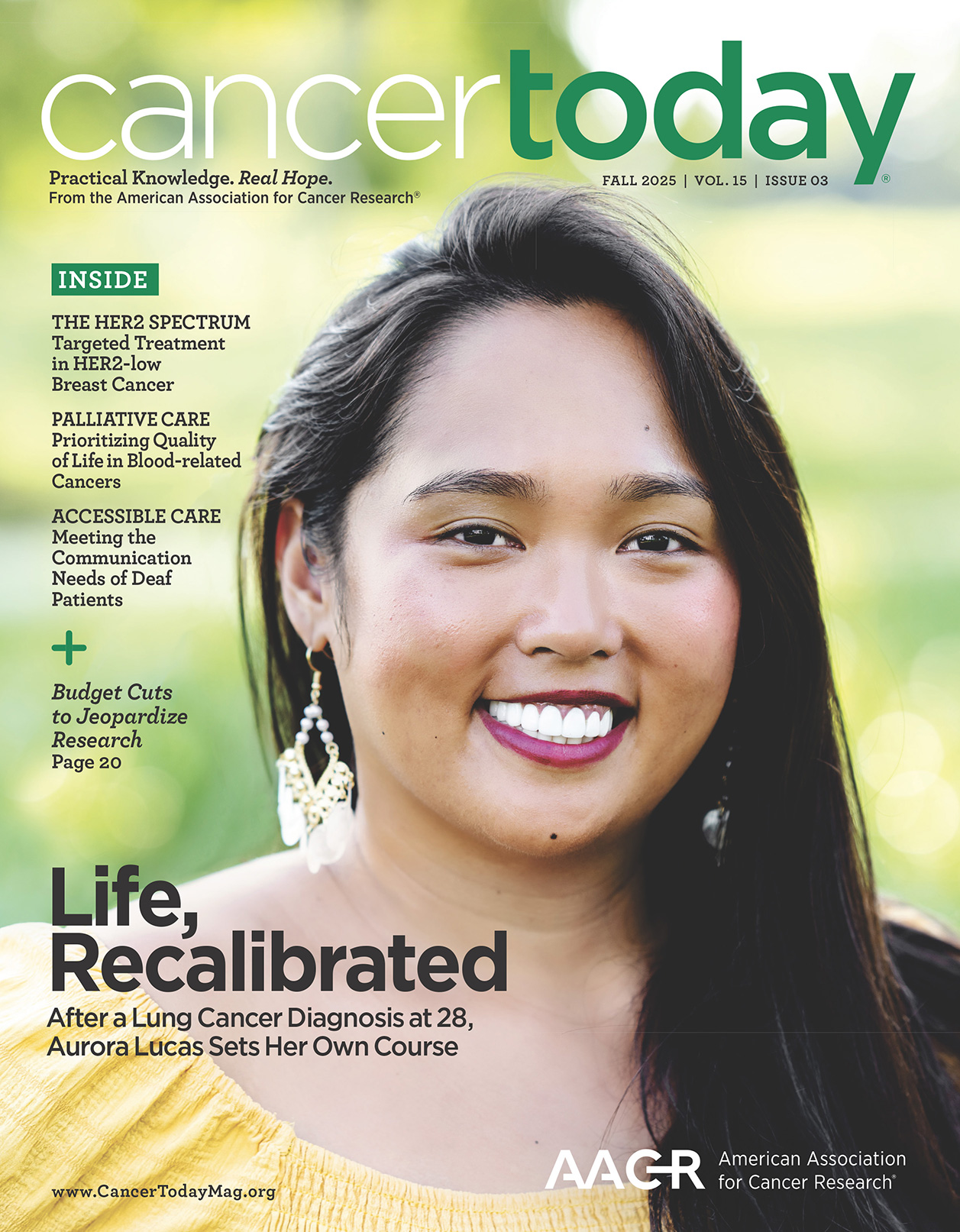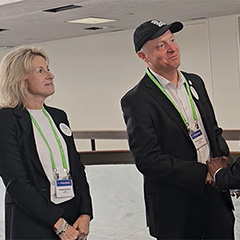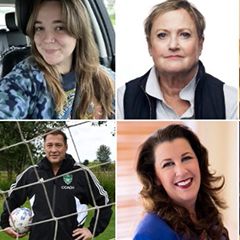For patients living in rural areas, obtaining cancer care can easily require a three- to four-hour car ride. Factor in the challenge of finding a driver, the cost of gas, child care or elder care, the return trip or, if necessary, the cost of a hotel room, and it’s not hard to understand why rural residents might skip a routine screening, have difficulty getting to oncology appointments, or choose not to take part in a clinical trial.

But what if the medical expertise of oncologists were accessible in rural areas? That’s precisely what the telemedicine program led by Ana María López has achieved. Using the 21st century technological advances that have revolutionized communication and information sharing, her oncology team at the University of Arizona Cancer Center in Tucson is providing care for rural cancer patients in the state. More than a hundred other hospitals have begun using advanced technologies to provide medical services, but the University of Arizona is one of only a handful that have integrated oncology into a broader telemedicine program.
Q: Why was the teleoncology program started?
A: Not everyone is close to a specialist. The thought was: How can we use technology to help diminish that geographic distance?
Q: Do you “see” patients through a service like Skype?
A: We use a protected broadband network, similar to Skype, to do direct video conferencing. We set up appointments with patients. An oncology nurse or other medical professional in the rural area can evaluate the patient for symptom management, and we can be watching. Nearly all aspects of a physical exam can now be done remotely; the only thing that can’t be done is palpation. For example, we can listen to a patient’s lungs by giving the nurse directions about where to place the stethoscope. We also review a smear or labs and then give a clinical consultation to a patient who has an active cancer diagnosis.
National Rural Health Day
Rural communities across the U.S. will celebrate National Rural Health Day on Nov. 15, 2012. To mark the day, all 50 state offices of rural health will take part in programs that focus attention on the unique health care needs of the 59.5 million Americans living in rural areas. To learn how to take part in these programs, or get ideas for what you can do in your own community, visit celebratepowerofrural.org.
Q: Would these patients not see an oncologist if this program were not available?
A: There might be some who wouldn’t. But it’s more likely that the patient would be traveling, which is a real deterrent to getting care. … So they might not be getting care in as timely a way, or not have intervention as early.
Q: What else might teleoncology allow you to do?
A: We are working to develop models through mobile apps or on the computer that would allow people to report their symptoms as they experience them, rather than having to wait until an appointment. … If their symptoms were mild, the system itself would give the patient a recommendation for intervention. If the symptoms were moderate, the nurse would contact [the patient]. And if the symptoms were severe, the patient’s own oncologist would be brought in.
Q: What is one of the best uses of teleoncology that you have seen?
A: There was a woman in a rural community who had a mass. Using teleoncology, the surgical oncologist reviewed images of the mass and then guided a local doctor on how to do the biopsy. The pathology from the biopsy was read through telepathology, which told us the patient needed surgery. These services allowed the patient to make just one trip to see us on the day of her surgery. That’s a dramatic improvement for health care.
Cancer Today magazine is free to cancer patients, survivors and caregivers who live in the U.S. Subscribe here to receive four issues per year.




